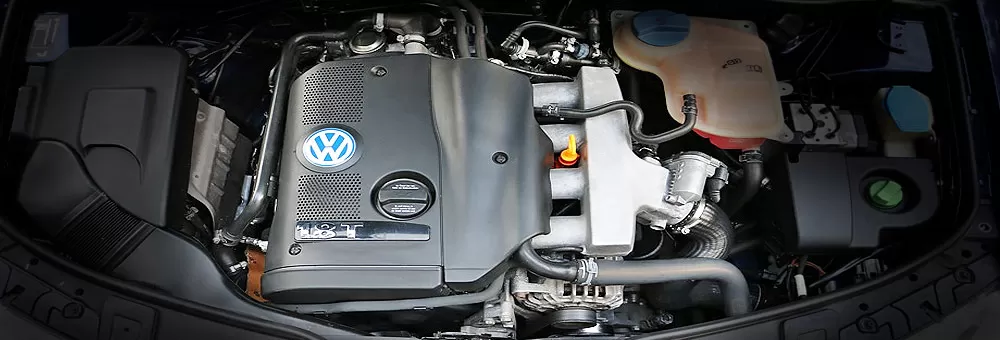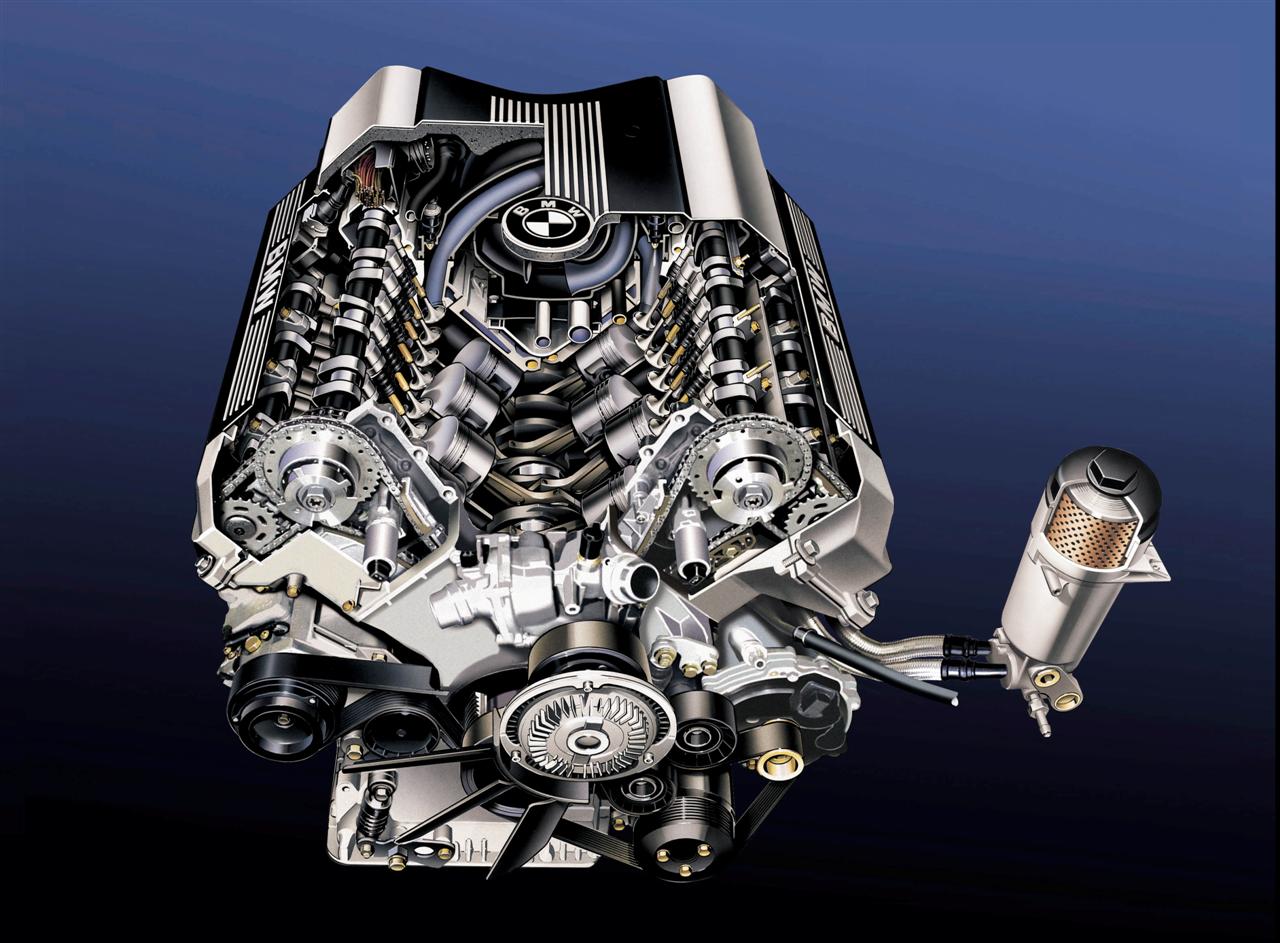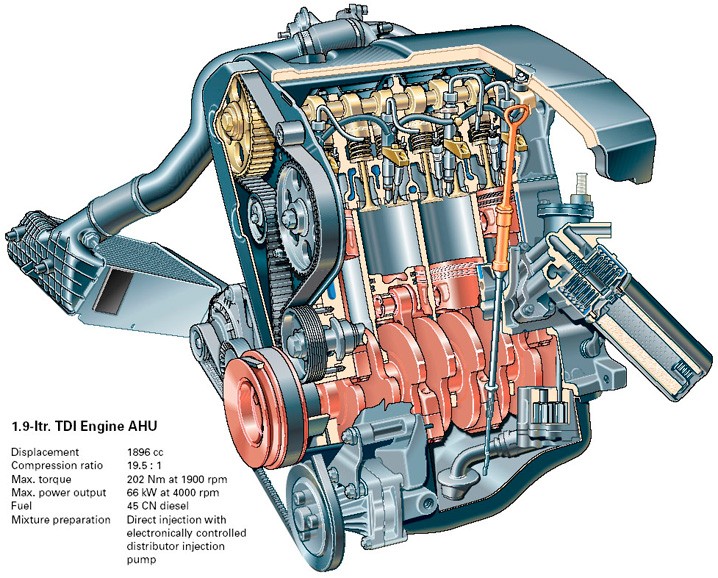
1.8 turbo engine - description of the 1.8t power unit of Volkswagen, Audi and Skoda cars
Content
This engine was used in the vast majority of Volkswagen, Audi, Seat and Skoda models. The production of cars with the 1.8 turbo engine began in 1993, and the group of models of the first years of production of this power unit includes, among others, the VW Polo Gti, New Beetle S or the Audi A3 and A4. Seat also produced the Leon Mk1, Cupra R and Toledo models, while Skoda produced a limited version of the Octavia Rs with a 1.8 turbo engine. What else is worth knowing?
1.8 turbo engine - specifications
The device was introduced in 1993. It was a variant of the EA113 that replaced the EA827 fitted to the Audi 80 and was designed by Ludwig Kraus back in 1972. The newer version is equipped with direct injection FSI (Fuel Stratified Injection). The best version was the one used in the Audi TTS with 268 hp. Then the EA888 version was introduced, which was implemented with 1.8 TSI / TFSI engines - EA113, however, remained in production.
Technical description of the power unit
This motorcycle uses a cast iron cylinder block and an aluminum cylinder head with double overhead camshafts and five valves per cylinder. The actual displacement of the unit is listed as 1781 cm3 due to the diameter of the bore and stroke, respectively 81 mm and 86 mm. It is worth noting that the engine is also valued for its high strength, which is the result of the use of a forged steel crankshaft, forged split connecting rods and Mahle forged pistons (on some models).
What makes this engine unique?
A characteristic feature that distinguishes this unit is a very well-breathing head, as well as a well-designed turbocharger and injection system. An efficient compressor with an architecture somewhat equivalent to the Garrett T30 is responsible for good engine performance.
Turbine operation in a 1.8t engine
It is worth describing in more detail the operation of the 1.8 t turbine. It feeds a variable length intake manifold. When the revs are low, the air passes through a set of thin and long intake pipes. This provided great torque, as well as significantly better handling at lower revs. When higher RPMs are generated, a flap opens, connecting the large and open area of the intake manifold almost directly to the cylinder head, bypassing the pipes and increasing maximum power.
Aggregate 1.8 t in sporty design
In addition to the standard options for the unit, there were also sports characteristics. They were present in cars participating in the Formula Palmer Audi series of races organized from 1998 to 2010. A turbo version of the Garrett T300 with 34 hp was used. supercharged. This feature of the equipment allowed the driver to briefly increase the power to 360 hp. Interestingly, the unit was produced for cars of the FIA Formula 2 series. The power that such an unit was capable of delivering was 425 hp. with the possibility of supercharging up to 55 hp
1.8 t engine in passenger cars Audi, VW, Seat, etc.
It is worth noting that in the case of 1.8 tons it is difficult to talk about only one option. Volkswagen has released over a dozen versions over the years. They differed in power, equipment and assembly method - longitudinal or transverse. The first is found in models such as the Skoda Superb, the Audi A4 and A6, and the VW Passat B5. In a transverse arrangement, this unit was used in VW Golf, Polo Skoda Octavia, Seat Toledo, Leon and Ibiza. Depending on the version, they could have a power of 150, 163, 180 and 195 hp. FWD and AWD options are also available.
The 1.8t engine is often used for car tuning.
Units from the 1.8t group are often tuned, and many companies, such as MR Motors or Digitun, can boast of extensive experience in electrical and mechanical modifications to vehicles with this engine. One of the most common conversions is an engine replacement. An important aspect is how the device is mounted. The simplest and least expensive is to replace the more powerful transverse engine with a weaker one that was also mounted transversely. The assembly method is also important in the context of a gearbox replacement. The 1.8 t unit can also be inserted into cars on which this engine was not originally installed. These are models such as Golf I or II, as well as Lupo and Skoda Fabia.
Owners of cars with a 1.8 t engine also decide to replace the K03 turbocharger with a K04 or a more expensive model. This greatly increases the power available to the driver. The big turbo modification also includes the replacement of injectors, IC lines, clutch, fuel pump and other components. This makes the conversion even more efficient and the engine produces more power.

